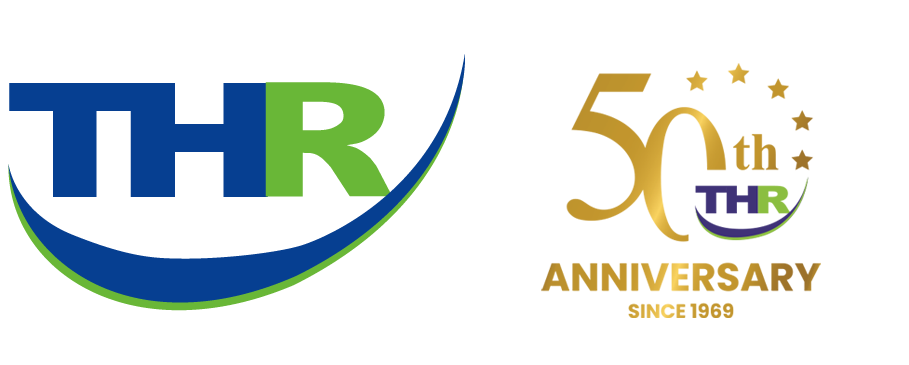
Global natural rubber market in a state of over-supply, according to latest market analysis
Pune, India – Since 2011, the global natural rubber market has been in a state of over-supply which reached 220,000 tons in 2011 and about 140,000 tons in 2015. Affected by the growing tapping area of natural rubber in main producing regions, the slowdown in the growth rate of the tire industry and other factors, there will still be aglut of natural rubber worldwide during 2016-2020, and the global glut will be 110,000 tons or so in 2020, according to the latest report from RnRMarketResearch.com.
Due to the sluggish global economic growth and the excess supply of natural rubber, the price of natural rubber has been hovering at a low level. As of the end of 2015,China’s natural rubber price had fallen to around $1,140/ton, which was also the costprice. In 2016, the global average price of natural rubber fluctuates at $1,200-$1,500/ton. In 2015, China’s natural rubber output dropped 5.5 percent year on year to 794,200 tons. Weather factors confine China’s natural rubber planting areas to a limited scope; plus the rubber price lingering on the cost line, more and more farmers have abandoned rubber production. In 2016, China’s output of natural rubber is expected to further decline by 5.3 percent to 752,100 tons. As the world’s largestconsumer, China consumed 4.682 million tons of natural rubber in 2015, accounting for 38.5 percent of the global total. Amid the serious imbalance between supply and demand, China mostly imports natural rubber to meet the additional demand. The import volume rose 4.8 percent year on year to 2.736 million tons, while the average import price fell 24.5 percent year on year to $1,431.6/ton in 2015. In the backdrop of the descending rubber price and the downsized rubber plantations, China’sautomobile industry has been expanding in ownership and new increment, conducing to the ascending rigid demand of the tire industry and the growing demand for natural rubber. In 2016-2020, the contradiction between natural rubber supply and demand in China will further intensify; by 2020, the gap between supply and demand will hit about 5.142 million tons, an increase of 32.3 percent over 2015.
Restricted by resource distribution, the natural rubber industry is highly centralized in Thailand, Malaysia and other Southeast Asian nations, represented by the key players such as Sri Trang Agro-Industry, Von Bundit, Southland Rubber, Thai Rubber Latex and Sinochem International. Given the downturn of the natural rubber market, companies can speed up the development of resources and strategies, increase the planting area in major producing countries as well as enhance processing factory layout to improve production capacity in the next years; on the other hand, they can keep an eye on customization and high-end market applications of natural rubber, such as military rubber tires, to heighten the gross margin and competitiveness of products.
